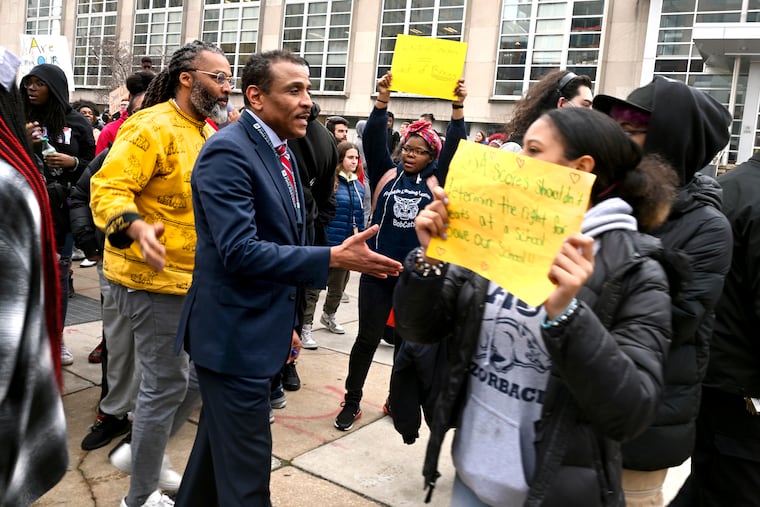As some Philly students walk out over possible budget cuts, the district offers some remedies
School officials said they'll offer spots at 12 schools to 316 students who met academic requirements but did not enroll. The board was also approved a $4.5 billion tentative budget.
